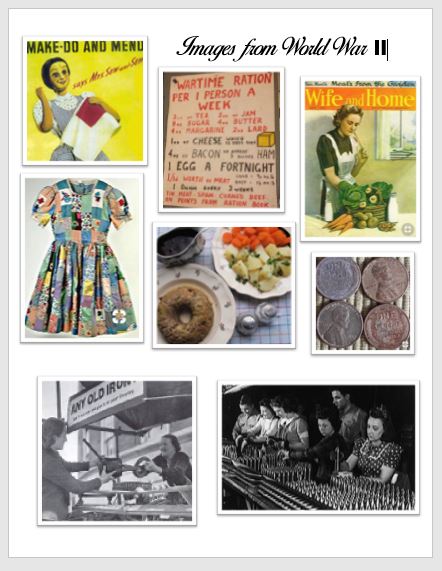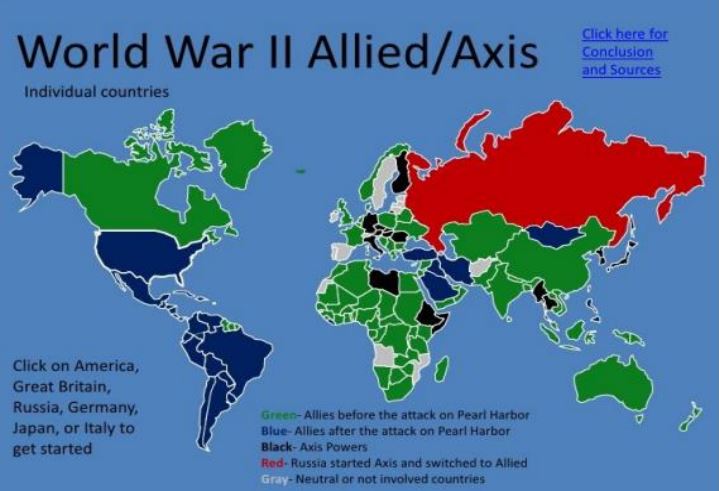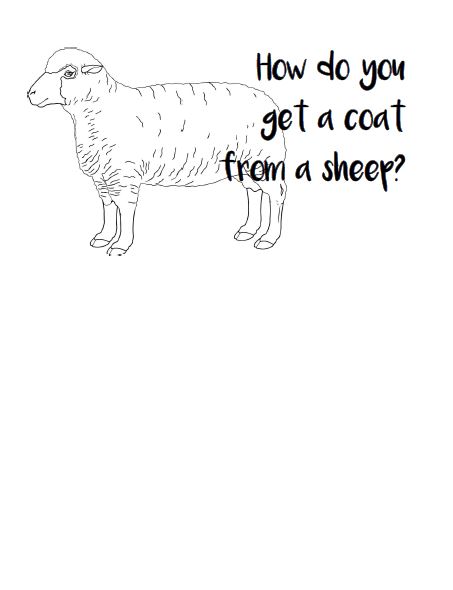Welcome! The following is the 14th in a series of 24 lesson plans, Learning the ABC’s through Literature, the 1st year. It was written especially for classroom use within a homeschool co-op, and was designed to teach the alphabet, over the course of a school year, using classic childrens literature. The books are primarily taken from the Five in a Row Curriculum by Jane Lambert, with several others added as well. The plans were designed to give just a little bit more, so it could be more usable within a classroom setting. Teachers questions, printables, craft ideas, classroom handouts, etc are included within all the lessons. This is geared towards a K-1st grade class. If you are interested in something similar for older children, the Learning through Literature series is a more developed concept of this same idea, geared towards 1st-3rd, and also uses mostly Five in a Row books. You can find it here, Learning through Literature, the 2nd year.
N: A New Coat for Anna
What I Need:
- New Coat for Anna
- Merriam Websters Alphabet
Book - World Map
- Wool / Yarn / Fabric
- Ligonberry Jam and Saltines or Biscuits
- Letter N Handwriting Sheet (printable version here)
- Coat from a Sheep (printable version here)
Preview the Book:
While not an amazing recording, this will help you hear the story if you don’t yet own the book.
Review:
By now, you may not have time to go through all the books you’ve done since the beginning of the year. If you do, great – this is a good memory / alphabetical order exercise. But in our 45 minute class, we were always running short on time, so we began to only mention the last few books we had done. Last week we talked about M for Mirette. What is the next letter of the alphabet? (Sing together) A, B, C, … N. Today’s story is called A NEW Coat for Anna.
You can show that N is both in New and in the middle in aNNa.
Introduce the Story
Setting: (A good review question – What is a setting?)
our story takes place in Europe. If you have a map around, remind the class of the seven continents, pointing to them quickly and them coming back to Europe. Explain that in our story, a big war has just happened. This war
was called “world war II. This is way to nasty of a war to discuss in depth with 5 year olds. But one thing they can know is that, it was a hard hard war. Many people died, and during this war, almost the entire world was affected.Encourage them to ask grandparents or great grandparents about this time period. Everything changed. In the United States,
food was rationed. Fabric was rationed. People started gardening to have enough
food. Students at school learned how to hide quickly and pull down
“blackout” Mom’s had to go to work, many
dad’s were off fighting in the war. Other
countries in Europe were bombed. Some families lost everything. All over the
world, people were learning to live on very little. To appreciate what they
had. To make things last. This is when our story takes place.For more details on WW II, we covered another story, All Those Secrets of the World, in another class, and went into more detail.Below is a great handout to use if you want to go more in depth. You could cut apart the handout, and give each child a different picture, and use the pictures to discuss the differences during this time period and now.
our story takes place in Europe. If you have a map around, remind the class of the seven continents, pointing to them quickly and them coming back to Europe. Explain that in our story, a big war has just happened. This war
was called “world war II. This is way to nasty of a war to discuss in depth with 5 year olds. But one thing they can know is that, it was a hard hard war. Many people died, and during this war, almost the entire world was affected.Encourage them to ask grandparents or great grandparents about this time period. Everything changed. In the United States,
food was rationed. Fabric was rationed. People started gardening to have enough
food. Students at school learned how to hide quickly and pull down
“blackout” Mom’s had to go to work, many
dad’s were off fighting in the war. Other
countries in Europe were bombed. Some families lost everything. All over the
world, people were learning to live on very little. To appreciate what they
had. To make things last. This is when our story takes place.For more details on WW II, we covered another story, All Those Secrets of the World, in another class, and went into more detail.Below is a great handout to use if you want to go more in depth. You could cut apart the handout, and give each child a different picture, and use the pictures to discuss the differences during this time period and now.
Axis vs. Allies Map
We also used this map to show how almost every country in the world was affected in some way. This is not my map, but something I found on the internet. If you know who to site, please let me know as I have lost my reference for how I first found it.
Craft: How do we get a coat from a sheep?
This idea partially came from Homeschool Share’s awesome lapbook, but I tweaked significantly so it would fit in what I wanted to do.
Give each student a “how to you get a coat from a sheep?” paper
Give each student the paper with the first – fifth boxes. If you’re short on time, pre-cut these boxes so the students only have to glue.
Then, piece by piece, add in the actual pictures (and physical thing object – wool, yarn, etc if you’re able to track it down)
In our case, I just happened to have some unspun camel’s wool on hand. I know, this is not a normal thing to have on hand (though any zoo would probably be glad to give you some), but if you are able to find even some of that poly-fill that you get at craft stores to stuff pillows, it has a similar texture and would work.
I showed the class the wool. Explained how it started as wool and was spun into yarn (show the class some yarn)
Then, we took our light colored yarn and colored it with a red crayon to show how Anna “dyed” the yarn. (I was surprised – yes, a red crayon will actually color the yarn.)
Then I gave them a tiny piece of red fabric to show how the yarn was woven together into fabric (I used a pair of old mismatched red baby socks that I was willing to part with and cut them into tiny pieces)
Finally, I printed out pictures of a red coat for them to glue into spot #5. (not seen on our example)
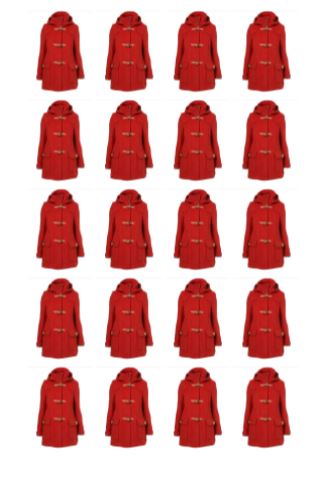 |
| Click here for printable version |
Handwriting Sheet
Finish off the class with the letter-of-the-week handwriting sheet. Remind the class, “where do we start our letters?” *At the top.
N is a little tricky, because it starts at the top, goes down, and then immediately jumps back up. With this particular letter, I do not like the arrow instruction on the N handwriting sheet. Depending on preference, you may want to correct this formation instruction with the class as well.
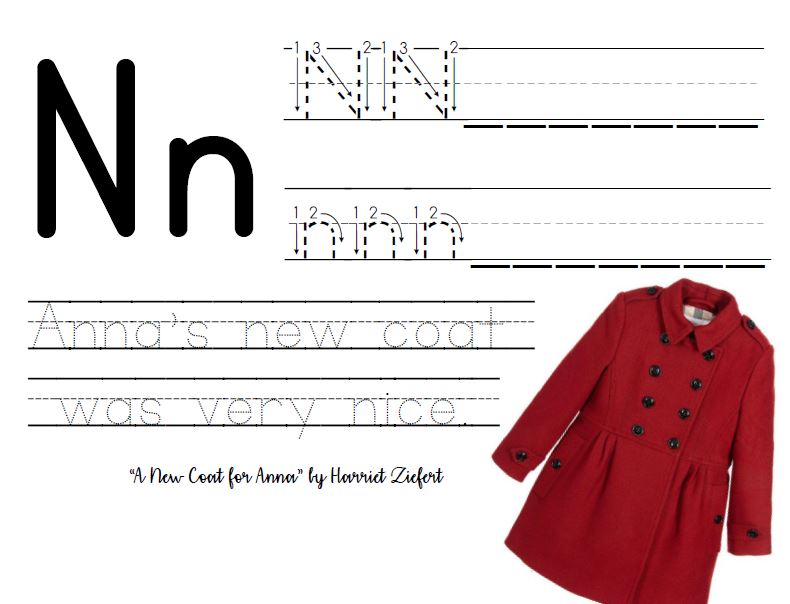 |
| click here for printable version |
Click here to return to the Learning the ABC’s through Literature complete booklist and see the general instructions for each lesson.


